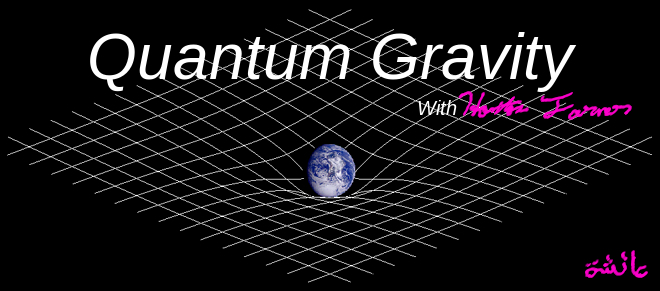The BICEP2 team has finally officially published their work in Physical Review Letters online. PRL usually limits it's papers to 4-5 pages of journal type or less. The idea behind PRL was that it would be a short journal of the most relevant and hard hitting papers. PRL and one of the topic specific Physical Review journals is what every physicist would subscribe to. To translate for the general public, one of the most prestigious peer reviewed physics journals in the English speaking world feels that the BICEP2 result is important.
This is what one might call the money shot. (The full graphic as intended by the authors is in the paper of course.)

These temperature variations correspond to variations in the E and B modes. The B modes would be caused by a tensor field (Think of a matrix of numbers, four columns by four rows). The one tensor field we know of for sure is gravity, that is why scientist believe that the B modes could tell us about gravitational waves from the big bang, and the following inflationary epoch.
The main complication is that foreground contamination in the form of cosmic and other dust can mimic this effect, and needs to be very carefully removed. There are two ways to do this.
1.) Take multi frequency images of the CMB and any dust and through computer algorithms subtract the foregrounds. This is very hard to do and only a large well funded program can really do it. Putting a satellite in orbit isn't cheap.
2.)Theoretically model what the dust would/could be like. Then use the predicted dust to remove the actual noise. This is a much simpler task which could be done with a PC C++ and some physics coding talent. (i.e. bribe undergrads with beer, and pizza to do it.)
The problem with the second approach is that it is just more theory. Hypotheses and even full theories cannot confirm experiments or observations. In short what the BICEP 2 team has done is hypothesize, theorize, and simulate the foreground dust. Then based on that theory see what their observations would show. Given that theory, they have a valid observation of the CMB B modes. The hypothesis (or hypotheses) of the dust as used in that paper still need to be confirmed by independent observations from the PLANCK collaboration.
TLDR: The BICEP2 team has published their paper and explained why they feel they have observed the B modes of the CMB. Not just that they have observed them, but that the effect is as large as they claim it is. This is good solid science, but that does not equal being a confirmed observational fact. The reason is that their interpretation of the observation relies on a hypothesis about the foreground contamination. Once that hypothesis is replaced with an actual observation and if their CMB observation still proves out, then they will have a degree of confirmation. It would then look odd if PLANCK did not see the B modes in the same way as BICEP2.
Reference:
PRL 112, 241101 (2014)



Comments